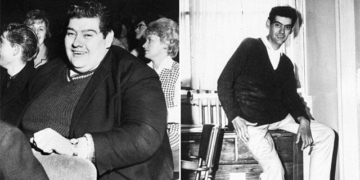The Ganzfeld Experiment: An Insight into Extrasensory Perception
The Ganzfeld Experiment is a fascinating scientific study conducted to explore extrasensory perception (ESP). This experimental method aims to provide deep insights into telepathy, a potential ability inherent in all of us.
Origins and Development of the Ganzfeld Experiment
The Ganzfeld Experiment was developed in the 1970s by German parapsychologists, particularly Wolfgang Metzger, as a means to investigate paranormal phenomena.
The term “Ganzfeld” refers to a technique used to create a light sensory deprivation state, eliminating external stimuli and allowing for a receptive mental state.
This experiment draws inspiration from earlier parapsychological studies and is based on the belief that certain individuals may access information beyond the reach of traditional senses.
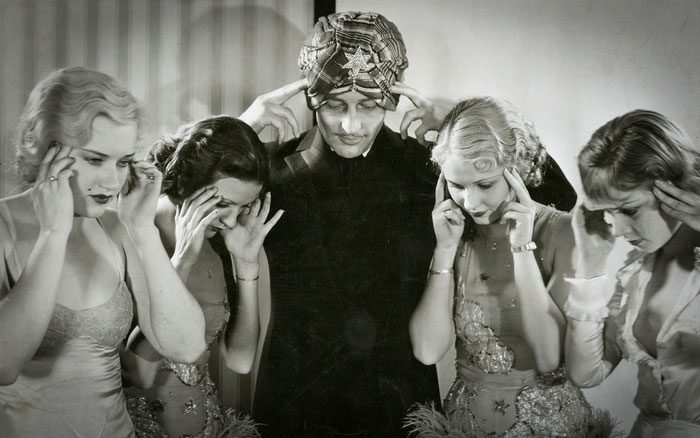
The experiment serves as a means to investigate paranormal phenomena. (Illustrative image).
The concept of Ganzfeld experiments can be traced back to the initial work of researchers like Joseph Banks Rhine and Karl Zener, who sought to test the existence of ESP through card-guessing experiments.
Over time, this method evolved to incorporate the Ganzfeld technique, providing a controlled environment for participants to tap into their psychic abilities.
The Ganzfeld Experiment gained wider recognition in the 1980s when it became a prominent component of parapsychological research.
Its goal is to provide empirical evidence to support telepathy and clairvoyance, which are considered forms of ESP.
Despite facing skepticism and criticism from many, the experiment continues to be conducted in various forms, contributing to ongoing discussions and debates in the field of parapsychology.
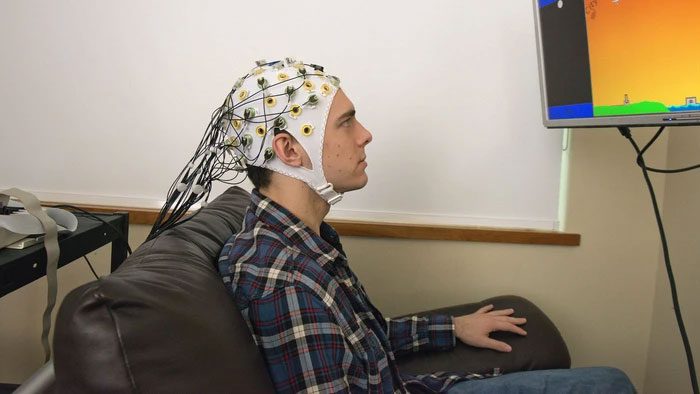
The Ganzfeld Experiment gained wider recognition in the 1980s. (Illustrative image).
Conducting the Ganzfeld Experiment
The Ganzfeld Experiment involves a controlled setting with the participation of a “sender” and a “receiver.” The sender typically views randomly selected target images or videos, while the receiver is in a Ganzfeld state, experiencing sensory isolation.
The sender’s task is to attempt to mentally send information to the receiver, who then tries to describe or sketch the target image or video without any direct sensory input.
This process often follows a standardized protocol. The receiver is placed in a relaxed state, commonly using white noise, soft lighting, and half a ping pong ball over their eyes. This setup aims to reduce external sensory stimulation and create a receptive state for potential psychic perception.
In the Ganzfeld Experiment, the receiver is encouraged to describe or sketch any impressions, images, thoughts, or feelings that arise. The sender, who has been exposed to a specific target, then reveals the target image or video for comparison with the receiver’s description. Statistical analysis is then employed to assess the accuracy of the receiver’s perceptions and determine if the results exceed chance expectations.

The process typically follows a standardized protocol. (Illustrative image).
Interpreting the Findings
The Ganzfeld Experiment has yielded various results, with some studies showing statistically significant outcomes supporting the existence of telepathy or ESP, while others found no compelling evidence.
Critics argue that methodological flaws, experimenter bias, and the potential for sensory leakage or unintentional cues may undermine the validity of the findings. Additionally, the subjective nature of the receiver’s experience poses challenges in quantifying and replicating results.
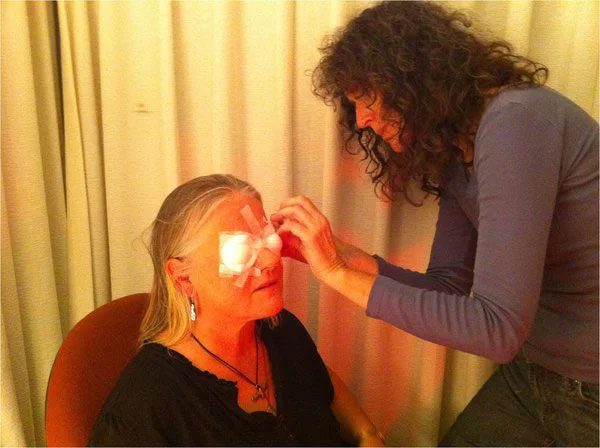
The Ganzfeld Experiment has yielded various results. (Illustrative image).
From 1974 to 1982, 42 Ganzfeld experiments were conducted. In 1982, Charles Honorton reported at a Psychology Association conference evidence supporting the existence of human extrasensory abilities.
The evidence convinced a majority of attendees; however, many reputable scientists, such as Ray Hyman, remained unconvinced by these results. Hyman argued that the outcomes of these experiments were insufficient for drawing a conclusion.
By 1990, Honorton conducted 11 Ganzfeld trials following the standards of psychological research, with the probability of correct responses rising to 27%. Subsequently, many psychologists engaged in Ganzfeld research, yielding remarkable results.
By 2010, Lance Storm, Patrizio Tressoldi, and Lorenzo Di Risio analyzed 29 Ganzfeld studies from 1997 to 2008. They then conducted tests on a large number of volunteers, resulting in approximately 32.2% of participants showing psychic abilities when in a state of sensory deprivation.

Human telepathy exists to some degree. (Illustrative image).
The Ganzfeld Experiment has demonstrated that the ability for human telepathy exists to some extent. This ability allows individuals to perceive everything around them using a “sixth sense” without relying on normal sensory inputs.
However, skeptics argue that negative or inconclusive results may not be published, skewing the general understanding of the success rate of these experiments. Consequently, the scientific community continues to debate the reproducibility and robustness of the Ganzfeld Experiment.
While the Ganzfeld Experiment faces criticism, supporters argue that the statistically significant positive results in some studies warrant further exploration. They emphasize the need for an open approach and a willingness to investigate unique phenomena that challenge our understanding of consciousness and human potential.
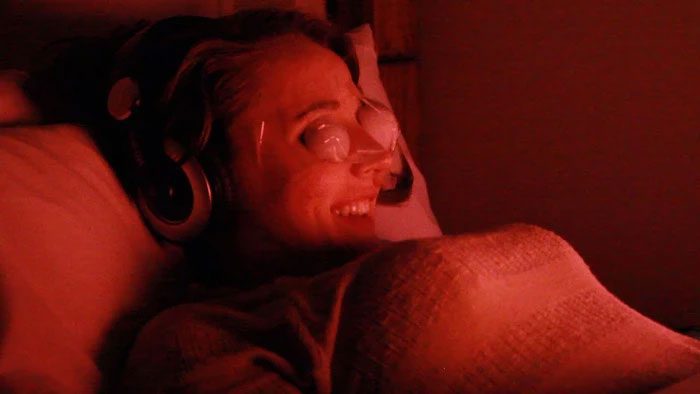
The Ganzfeld Experiment has left an indelible mark in the field of parapsychology. (Illustrative image).
Legacy and Future of the Ganzfeld Experiment
The Ganzfeld Experiment has made an indelible mark in the field of parapsychology and continues to captivate the interest and curiosity of many. Despite ongoing debates and varying interpretations of its findings, the experiment has propelled scientific inquiry into the mysteries of consciousness, perception, and the potential for human extrasensory abilities.
Currently, the Ganzfeld Experiment remains an intriguing and controversial topic, representing the intersection of science and the mystical.
In the future, researchers will continue to explore the Ganzfeld Experiment and refine testing protocols to address methodological concerns. Advances in technology and statistical analysis offer promising avenues to enhance the reliability of the experiment and minimize potential biases.

















































